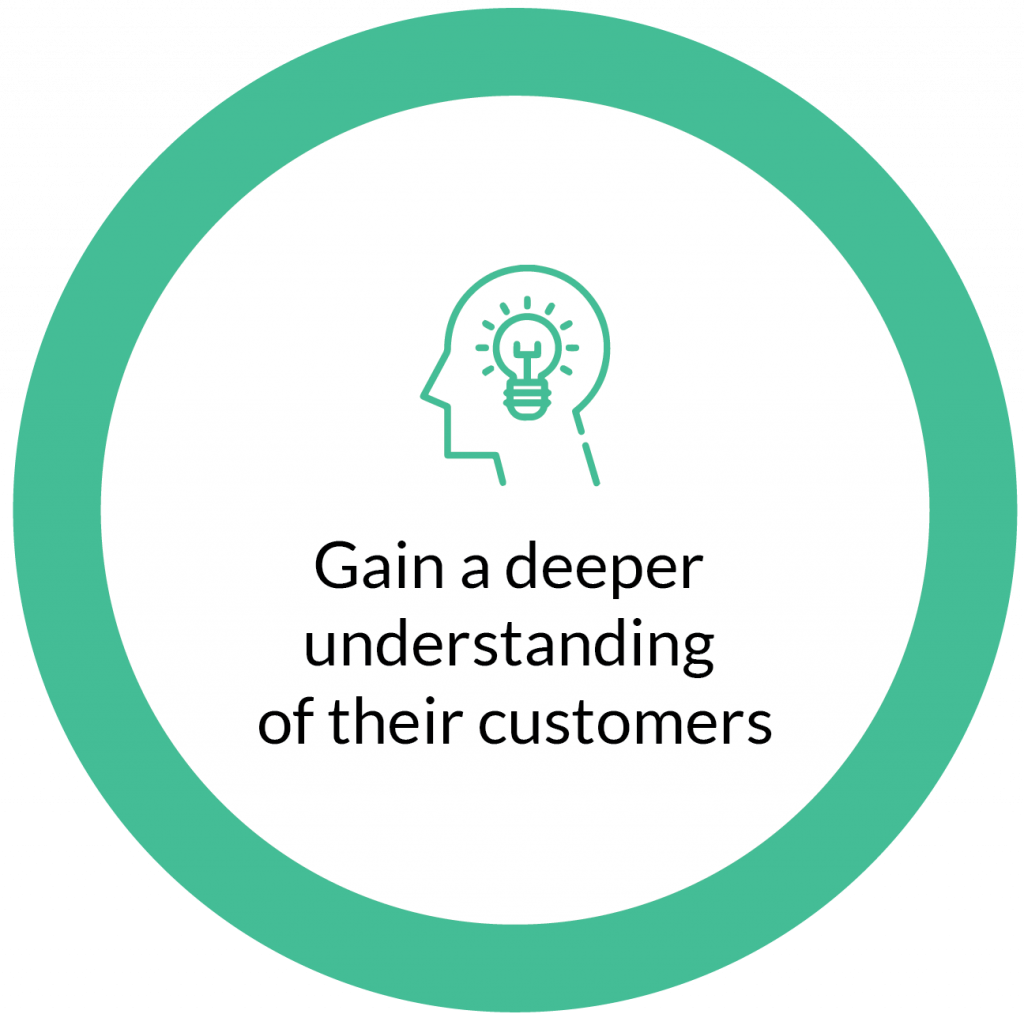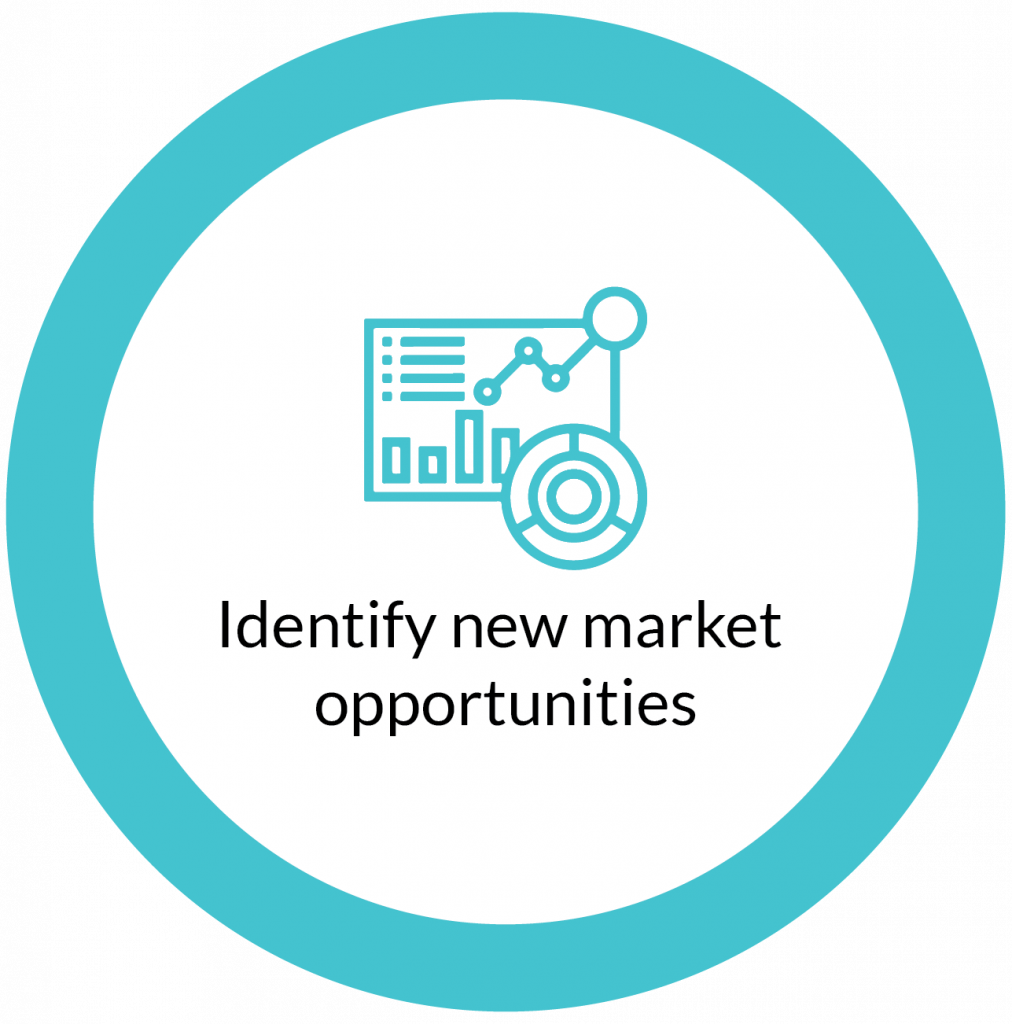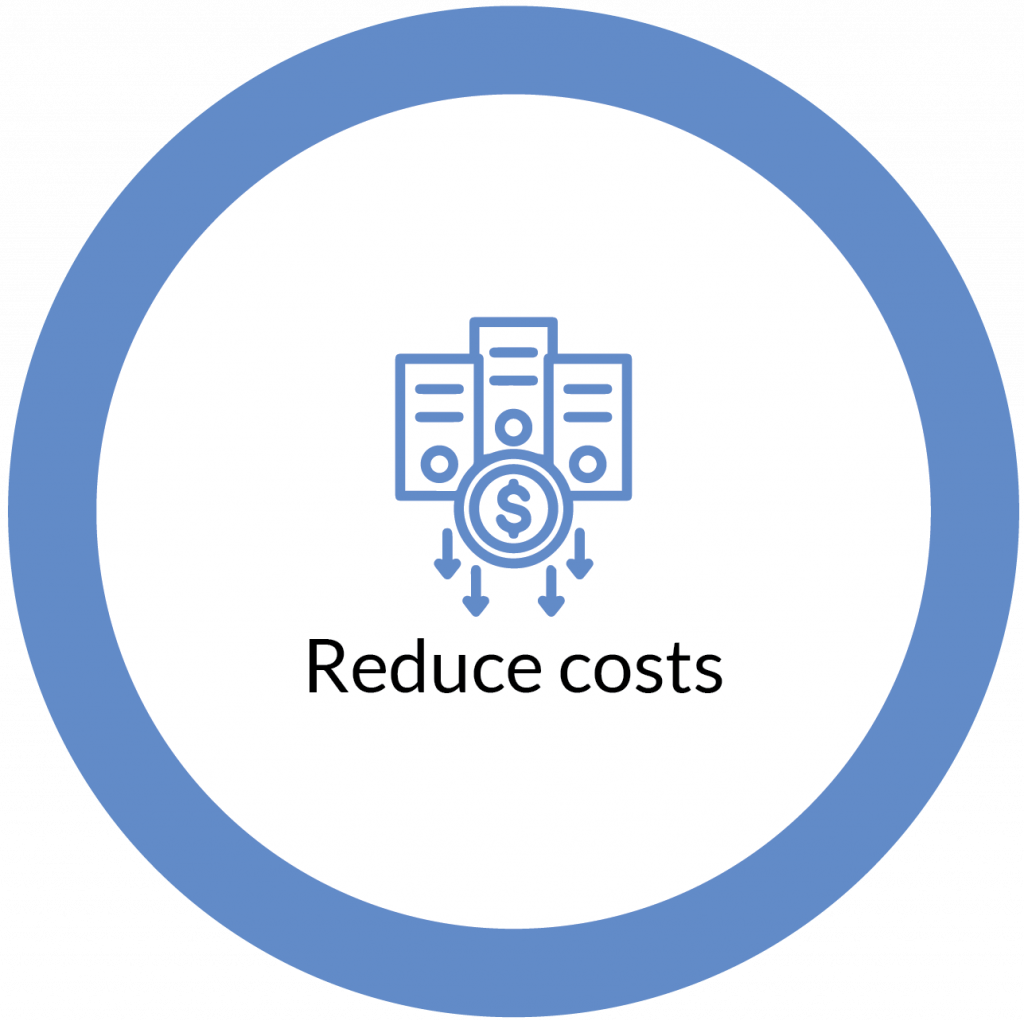In today’s data-driven world, organizations constantly seek ways to leverage their vast troves of information to gain a competitive advantage. With its immense volume, velocity, and variety, big data presents a unique opportunity to extract valuable insights and transform business operations. However, without a well-defined big data strategy, organizations risk drowning in a sea of data, unable to capitalize on its potential benefits.
A big data strategy serves as a comprehensive roadmap, guiding organizations through the intricate process of collecting, storing, managing, and analyzing big data. Beyond mere data handling, it defines goals, objectives, and procedures essential for harnessing the power of data for strategic decision-making and innovation. In our last blog, we discussed what Big Data Analytics is and how it works. Now, in this blog, we’ll discuss how to create a plan for using big data effectively.

The Need for a Big Data Strategy
Effectively leveraging the power of big data demands a strategic approach. Many enterprises find themselves grappling with data scattered across different silos or trapped in departmental systems, hindering the attainment of a comprehensive view. Challenges related to data quality, source trustworthiness, and the soaring costs of storage and management necessitate a meticulously crafted big data strategy.
A robust big data strategy streamlines data storage, management, and processing and sets the stage for organizational success. It provides actionable plans, aligning the organization with a data-driven vision and business goals. However, crafting such a strategy requires navigating challenges, avoiding common pitfalls, and engaging leaders across the organization.





Key Components of a Big Data Strategy
An effective big data strategy should encompass a well-thought-out framework consisting of essential and interrelated components. These components form the backbone of a strategy designed to harness the power of vast and varied datasets, ensuring that organizations can navigate the complexities of big data with precision and purpose. An effective big data strategy should encompass the following key components:
- Data Governance: Establishing policies and procedures to ensure data quality, security, and compliance.
- Data Architecture: Designing a scalable and reliable infrastructure to handle the ever-increasing volume of data.
- Data Analytics: Employing advanced analytics techniques to extract meaningful insights from data.
- Data Utilization: Integrating data insights into business processes and decision-making.
Building a Big Data Strategy – Four Crucial Steps:
Step 1: Establish Business Objectives: Articulating unique business objectives is the cornerstone of a successful big data strategy. Aligning the strategy with corporate goals and addressing specific business problems and key performance indicators is crucial. Stakeholder involvement from data management, business leaders, data engineers, and data scientists is essential for comprehensive input.
Step 2: Conduct a Data Landscape Assessment: The next critical step is to understand the variety of data and assess current processes, assets, and policies. A thorough assessment addressing the defined business objectives ensures a strategic approach. Involving relevant employees and stakeholders in interviews during this assessment phase is best practice.
Step 3: Identification of Big Data Use Cases: To avoid information overload, organizations should start small, think big, and iterate when formulating a big data strategy. Identifying use cases that align with business objectives and using analytics to uncover hidden insights lays the foundation. Prioritizing these use cases based on business impact, budget, and resource requirements streamlines the process.
Step 4: Crafting a Big Data Project Roadmap: The final step involves plotting an extensive data roadmap. While it can be time-intensive, creating an initial outline allows for continuous iteration and evolution. Organizations should picture their desired end state, working backward to ensure a precise and direct path. The roadmap should focus on identifying gaps in data architecture, technologies, tools, processes, and skill sets, with business stakeholders playing a pivotal role in prioritizing initiatives.
In establishing a robust big data strategy, the initial step is to prioritize the business outcomes you intend to achieve meticulously. This prioritization process ensures that your data strategy is aligned with your overarching business objectives and capable of providing a distinct competitive advantage. The vast landscape of business goals can typically be encapsulated under four broad umbrella categories, each contributing uniquely to organizational success:
Empower Your Employees: Empowering your workforce is paramount in today’s dynamic business environment. By providing real-time knowledge about customers, devices, or machines and fostering efficient collaboration, organizations can empower their teams to respond to customer or business needs with unparalleled agility.
Engage with Customers: Crafting a personalized, rich, and connected customer experience is a key driver of loyalty. Leveraging the power of data and insights enables businesses to inspire customer engagement throughout every step of their journey with the brand.
Optimize Operations: The optimization of operations hinges on increasing the seamless flow of information across the entire business operation. Synchronizing business processes through a data-driven approach ensures that every interaction is valuable, improving operational efficiency and effectiveness.
Transform Products and Development Lifecycle: In the era of big data, organizations can gather valuable telemetry data about their services and offerings. This data serves as a foundation for prioritizing releases, creating innovative features, and continuously evaluating the effectiveness and adoption of products.
Once these business outcomes are prioritized, the next crucial step is to assess ongoing projects and long-term strategic initiatives. Classify them based on complexity and impact, creating a strategic matrix incorporating the four identified business outcomes. Additionally, enhance your strategic understanding by incorporating architectural pillars.

Ensuring Adoption of Your Big Data Strategy
The successful implementation of a big data strategy hinges on more than just its formulation; it requires a comprehensive plan to ensure widespread adoption across the entire organization. Here are essential considerations:
Identify Infrastructure Challenges:
Leveraging your data necessitates changes to the existing IT infrastructure incompatible with big data technology. Identifying areas requiring infrastructure changes and involving stakeholders ensures a seamless transition without compromising access to critical data.
Evaluate Employee Resources: Beyond creating a visionary strategy, having the right human resources in place is critical. A skilled big data team is essential for making sense of complex data and translating findings for various line-of-business leaders. Human resources are pivotal in recruiting the necessary talent or upskilling existing employees.
Be Agile: A successful big data strategy must be agile. Building flexibility into your strategic roadmap enables quick adjustments to budgets, staffing, use cases, and priorities based on changing circumstances and insights gathered over time. This adaptability is a key factor in the ongoing success of your big data strategy.
A well-crafted big data strategy is indispensable for organizations aiming to thrive in the data-driven landscape. By following these four steps, organizations can lay the foundation for success, avoiding common pitfalls and building a roadmap that aligns with their unique business objectives.
Leverage Nsight Advantage
At Nsight, our team of experts is adept at harnessing the capabilities of cutting-edge big data tools to empower organizations in implementing comprehensive big data strategies. Leveraging their extensive knowledge and hands-on experience, our experts delve into the intricacies of diverse big data tools, ensuring seamless integration and utilization for strategic decision-making. From identifying and evaluating data sources to prioritizing and implementing use cases, our experts navigate the complexities of big data with precision. They work closely with clients to define clear business goals, establish robust data governance frameworks, and design scalable infrastructures tailored to unique organizational needs. With a focus on advanced analytics, strategic data visualization, and adaptive security measures, our experts guide clients through the entire big data journey. Additionally, our commitment extends beyond implementation, incorporating continuous improvement practices to adapt strategies in alignment with evolving data landscapes and organizational objectives. Through collaborative partnerships, Nsight experts empower organizations to unlock the full potential of big data, fostering innovation and ensuring a competitive edge in today’s data-driven era.
Frequently Asked Questions (FAQs)
Big Data refers to large and complex datasets that exceed the processing capabilities of traditional databases. It encompasses vast volumes, high velocities, and diverse varieties of data.
A Big Data Strategy goes beyond traditional data management by addressing the unique challenges posed by massive volumes, varied types, and rapid velocities of data. It focuses on actionable plans for leveraging this data strategically.
Data-driven decision-making involves using data analysis and insights to inform decisions. It relies on evidence and analytics rather than intuition alone, leading to more informed and strategic choices.
Data Governance involves managing the availability, usability, integrity, and security of data in an organization. In the context of big data, it ensures that the vast and diverse datasets are effectively controlled and utilized.
Data Scalability refers to the ability of a system to handle an increasing amount of data. In big data strategies, scalability is crucial to accommodate growing datasets and ensure efficient processing and analysis.
Transform Your Business Today: Embrace Data-Driven Insights!
About the Author

Deepak Agarwal, a digital and AI transformation expert with over 16 years of experience, is dedicated to assisting clients from various industries in realizing their business goals through digital innovation. He has a deep understanding of the unique challenges and opportunities, and he is passionate about using cutting-edge technologies to solve real-world business problems. He has a proven track record of success in helping clients improve operations, increase efficiency, and reduce costs through emerging technologies.





